
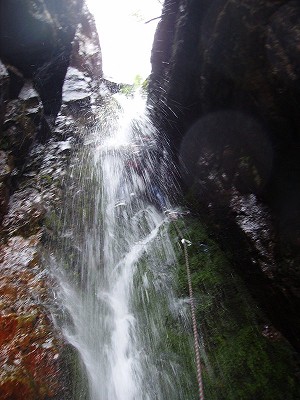
Check out the UKClimbing Forum and you will see for yourselves the massive interest in this subject – as of the 31st July there had been 7859 hits on the Clachaig gully issue alone!
Whether we like it or not, accidents in the mountains create emotive responses. The press love to get hold of a mountain rescue story – the avalanche incident (resulting in three fatalities) in Coire an Tulaich on Buachaille Etive Mor last winter resulted in a huge amount of press coverage. Compare this, to the press coverage of road traffic fatalities that occur on the UK roads every day. Are there places we should avoid in the mountains? Are we putting ourselves at unnecessary (and in some folks eyes unacceptable) risk? Should a list be published and reviewed regularly of locations where accidents are occurring? Is there anything wrong with learning by other peoples mistakes? Or is there a bigger picture to consider here?
Warning signs in the mountains?
Should we be putting up warning signs? Do folk read them and if they do read them are they acted upon? Last winter following a spate of ten accidents in just over a week, Langdale and Ambleside Mountain Rescue Team, in conjunction with the local police, displayed warning signs at the main access points onto the high fells in Langdale. The signs warned hill walkers of 'snow and ice on all upland paths above 300m'. However despite the warnings, the rescue team continued to get called out to recover folk stuck on steep frozen ground.
The Clachaig gully descent off the Aonach Eagach has historically been a well known hazard. William Poucher in his book 'The Scottish Peaks', first published in 1964, describes the Clachaig Gully descent off the ridge - 'It is also possible to descend a steep, stony path following the west side of the Clachaig Gully. In wet weather or poor visibility the descent is quite unpleasant and exposed in places. Considerable care should be taken'. Some readers will also remember the warning sign located at the Am Bodach lay-by at the eastern end of the ridge, warning climbers not to consider descending off the ridge prior to the final summit of Sgorr nam Fiannaidh.
The nanny state?
I suspect many of us head into the mountains to get away from our increasingly litigious and sanitised world. We go there to challenge ourselves, both physically and mentally; to make very real decisions that have very real consequences. Do we want to see a 'Via Ferrata' rigged across the pinnacles on the Aonach Eagach? Would a sign warning of the dangers of descent down the Clachaig Gully side be acceptable on the summit of Sgorr nam Fiannaidh? How about a line of cairns guiding folks down the south side of the ridge towards Loch Achtriochtan or north towards the Pap?
A considerable amount of money has been spent on the summit of Ben Nevis to do just that. A series of large well constructed cairns guide folk to and from the summit, around the top of Gardyloo Gully and past the potentially dangerous ground of Five Finger Gully. These cairns were built in the summer of 2008 and follow the line of the traditional 'pony track', but they are not without contention. Discussions are on-going as to whether the close proximity of some of the cairns to the precipitous North Face is likely to 'lure' somebody over the edge in winter conditions.
It's a numbers game
Research into the Scottish Mountain Rescue statistics reveals the accident hotspots. Of course it doesn't take a genius to work out that the largest number of accidents happens where the largest concentrations of people go. Take the tourist track up Ben Nevis, due to the Ben's iconic accolade of being the highest mountain in the UK it attracts huge numbers of people. Recent figures from the Glen Nevis Ranger Service suggest two hundred thousand people per year ascend the mountain via the tourist track alone. By the law of averages the more people there are, the more accidents are going to happen.
In the five years from 2004 – 2008 there were 101 rescue call outs for Lochaber Mountain Rescue Team to incidents on the tourist track. That makes it the highest number of call outs to one specific location in Scotland. Does that then put the tourist track at the top of the 'black spot' league tables?
Is Ben Nevis a KILLER MOUNTAIN? Realistically, the answer has to be a resounding NO. For your average hill walker the tourist track is an easy, well constructed path all the way. It's the people who are on the path that causes the problem – this may be poor fitness levels, pre-disposed medical conditions, inadequate clothing and equipment, lack of navigation skills and poor general 'hill sense'. For many Ben Nevis ascensionists it may even be their one and only mountain climb!
The Mountain Rescue Statistics also reveal the accident 'black spot' hotspots in Glencoe. The Aonach Eagach and Buachaille Etive Mor not surprisingly coming out on top. In the five years from 2004 – 2008 there were 32 incidents of the Aonach Eagach closely followed by 29 incidents on the Buachaille. This again reflects the popularity of these locations. There are plenty of other places in Glencoe, due to the nature of the steep terrain where an accident could occur.
Heading east to the Cairngorms, the Northern Corries in winter have to be the classic 'black spot' hotspot. There are literally hundreds of folk on a good day walking into Coire an't Sneachda and Coire an Lochain to enjoy the winter mountaineering and climbing which is so accessible from the road. The Northern Corries alone accounted for 38 call outs for the Cairngorm Mountain Rescue team in the same five year period.
So, are there any answers?
We are increasingly living in a society which likes to attribute 'blame'. A recent coroner's report on a fatality on Ben Nevis in January 2008 draws upon Rule 43. 'In the Coroner's opinion, action should be taken to prevent the occurrence or continuation of such circumstances, or to eliminate or reduce the risk of death created by such circumstances. Additional safety measures should include more visual and audio warnings of possible dangers'. I am not sure if visual and audio warnings are appropriate or effective. There are already signs at the Glen Nevis visitor centre to educate folk on the appropriate clothing, equipment and experience necessary for a safe ascent of the mountain.
Perhaps the way forward is to encourage and foster a culture of self reliance through the provision of training. You wouldn't think it was acceptable to jump in a car and drive without having some professional instruction first. Should venturing into the mountains be any different? The Mountaineering Council of Scotland, the body which represents the interests of Scottish climbers and hill walkers, promotes the importance of self-reliance in the mountains. Through their mountain safety initiatives the Council offer subsidised training course in mountain skills. Current courses on offer can be viewed at www.mcofs.org.uk In conclusion, I would suggest that it is not the mountains that are the killer. It is folk with inadequate experience and equipment who are exposing themselves to a greater level of risk.
Heather Morning
Mountain Safety Advisor with the Mountaineering Council of Scotland, Cairngorm Mountain Rescue Team member and dog handler with SARDA.
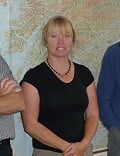
Founded in 1970 by the Association of Scottish Climbing Clubs, The Mountaineering Council of Scotland (MCofS) is THE only recognised representative organisation for mountain walkers and climbers who live in Scotland or who enjoy Scotland's mountains. We are also the national governing body for sport climbing and represent climbers who use indoor walls as their venue.
Check out our Membership Benefits – and join us today!
Many thanks to Bob Sharp for his kind support and information regarding accident statistics.


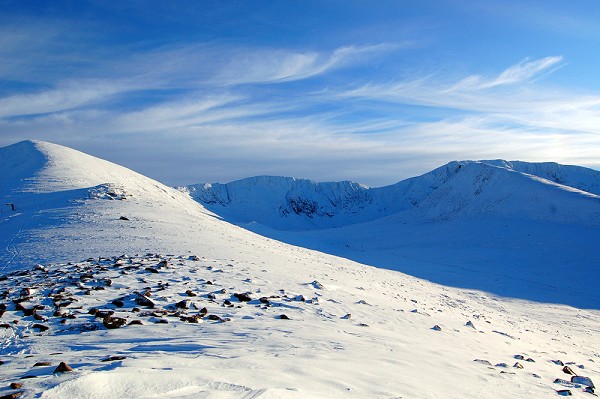

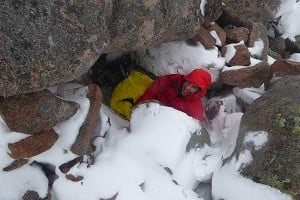


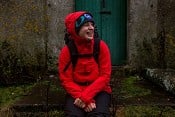








Comments